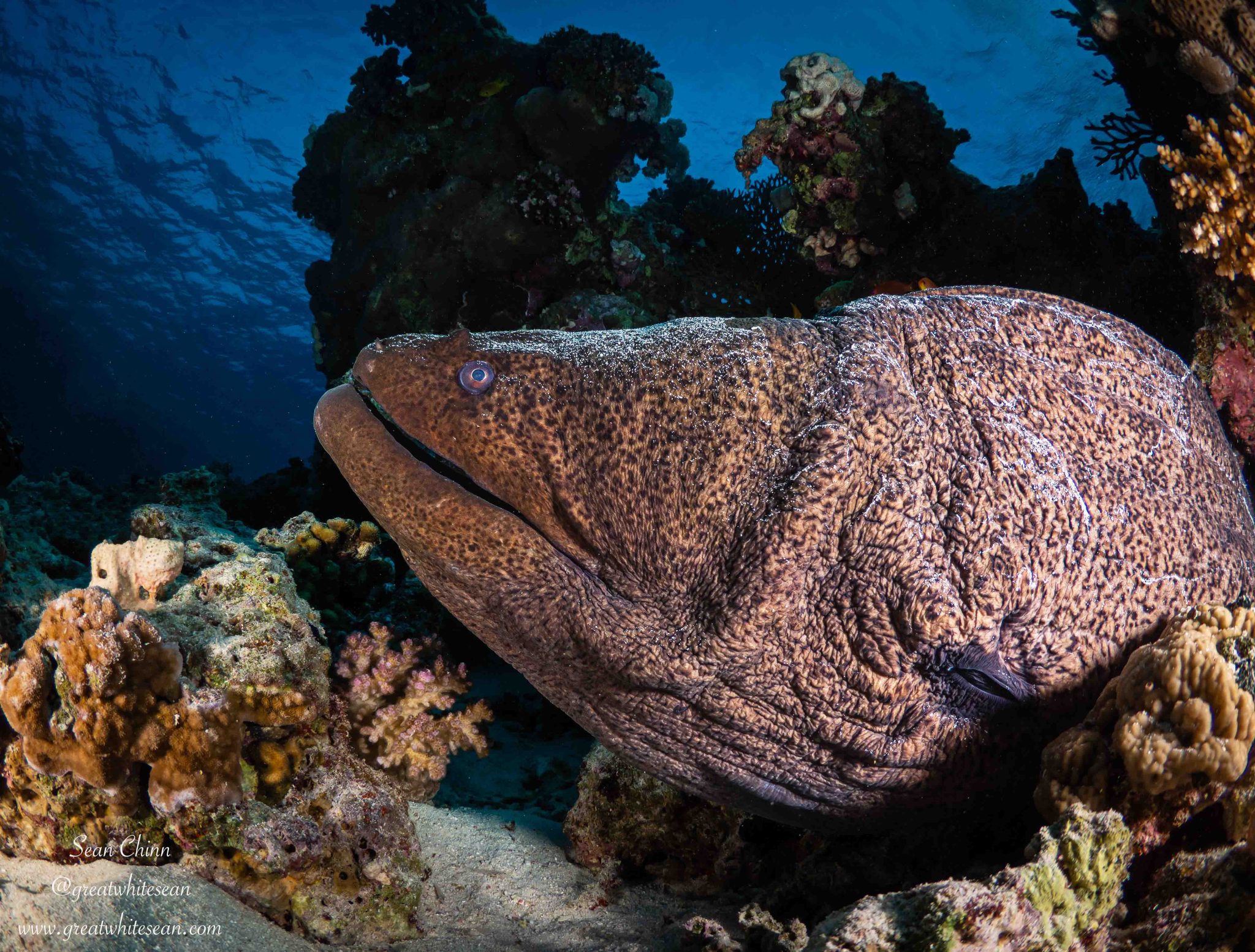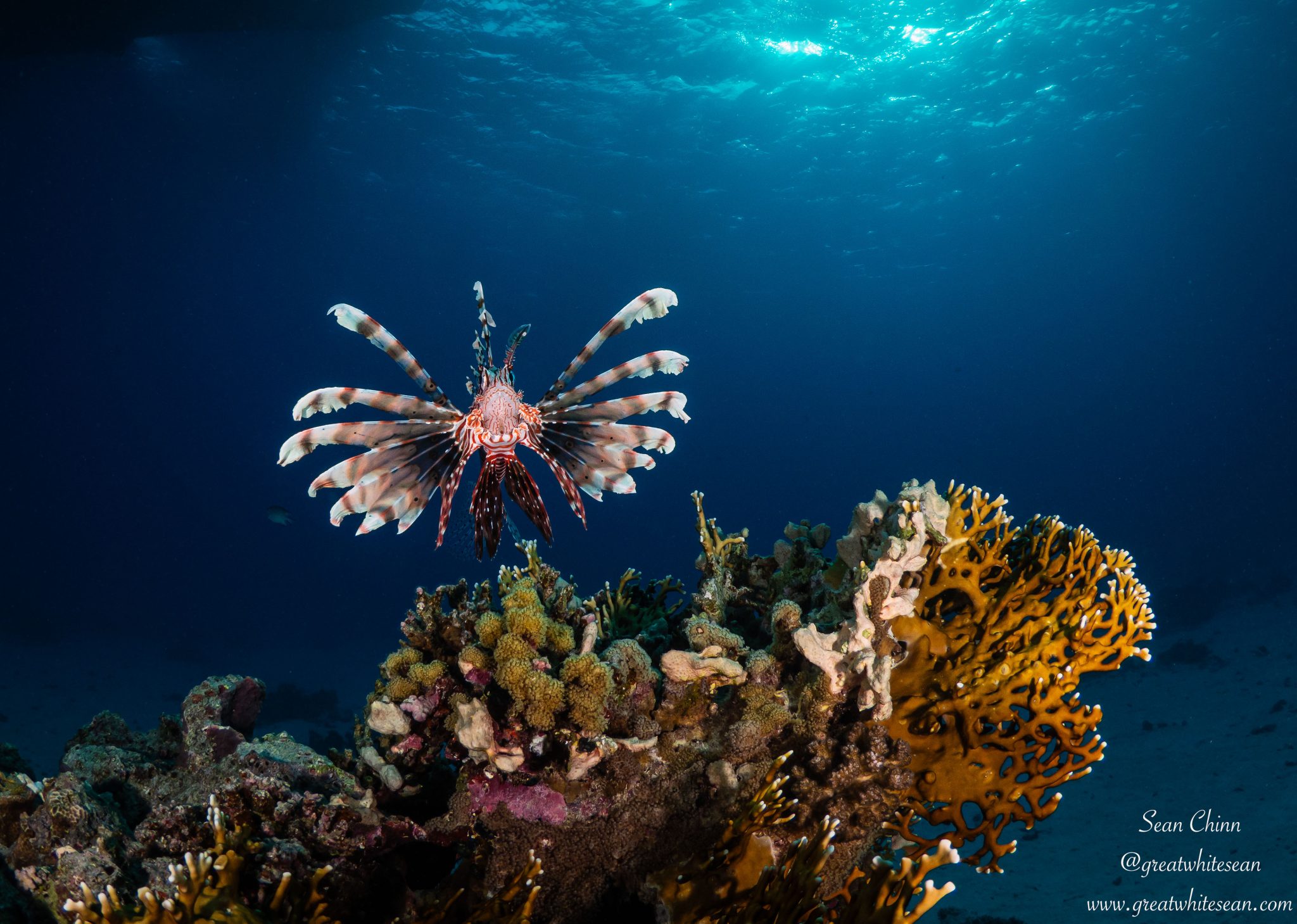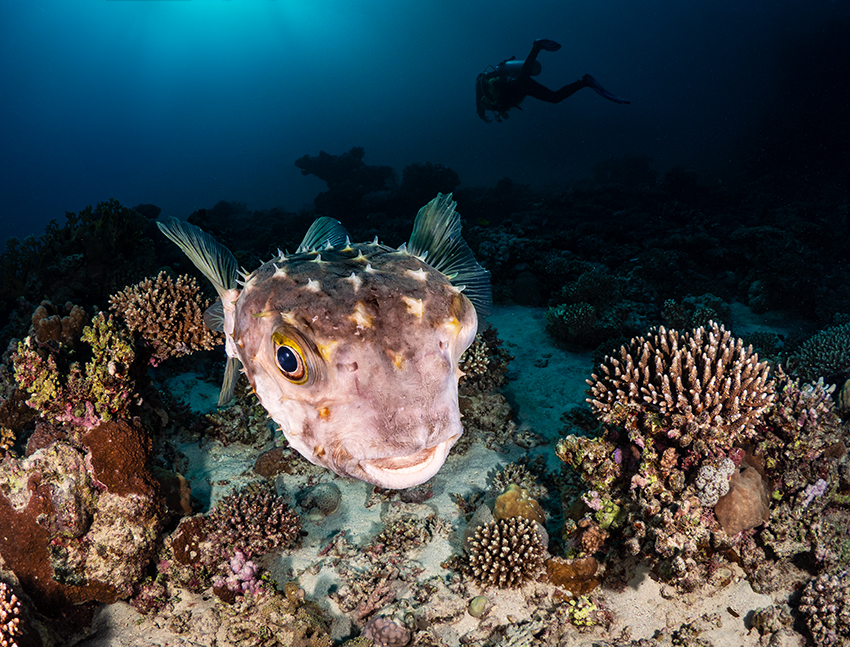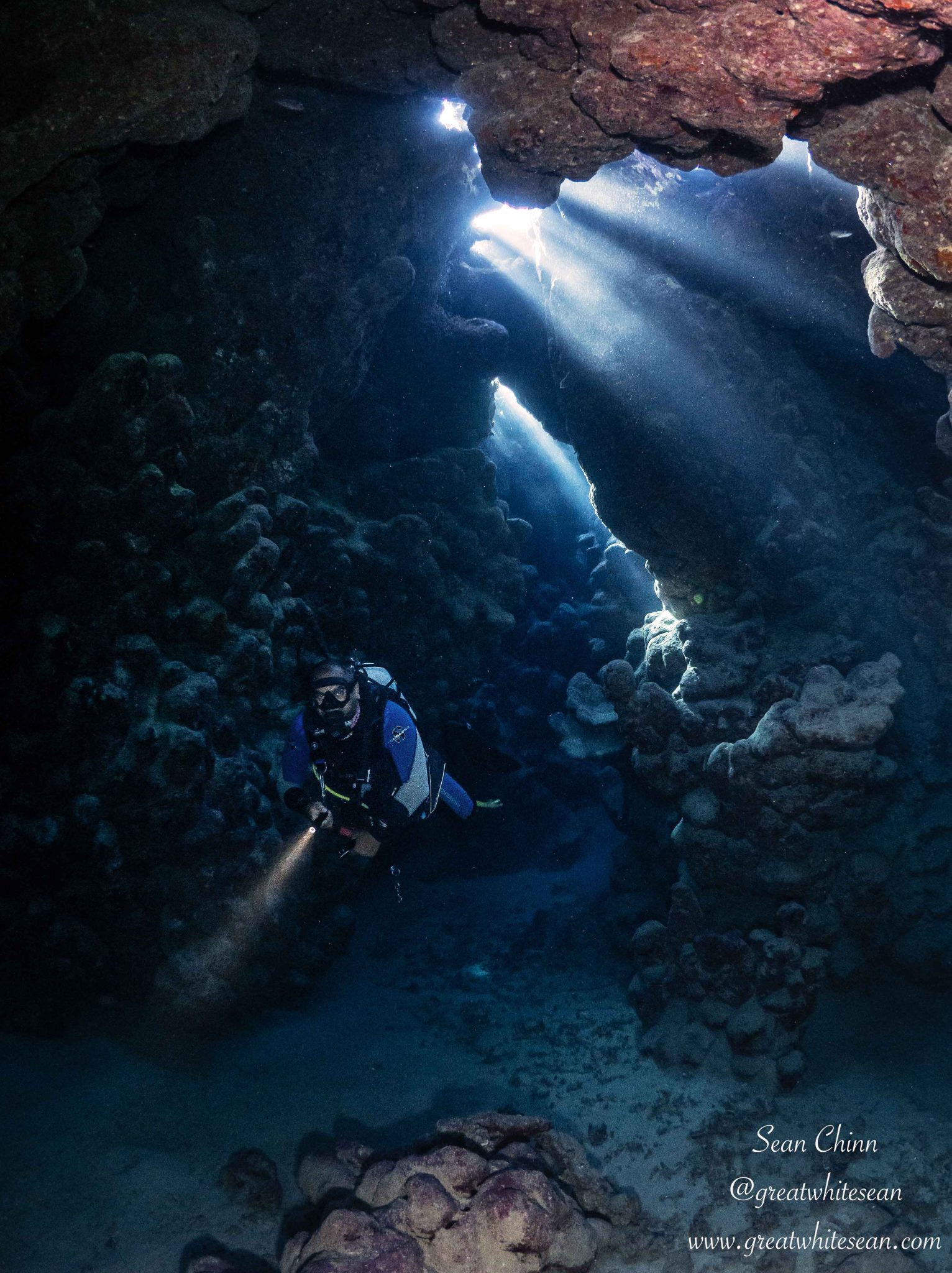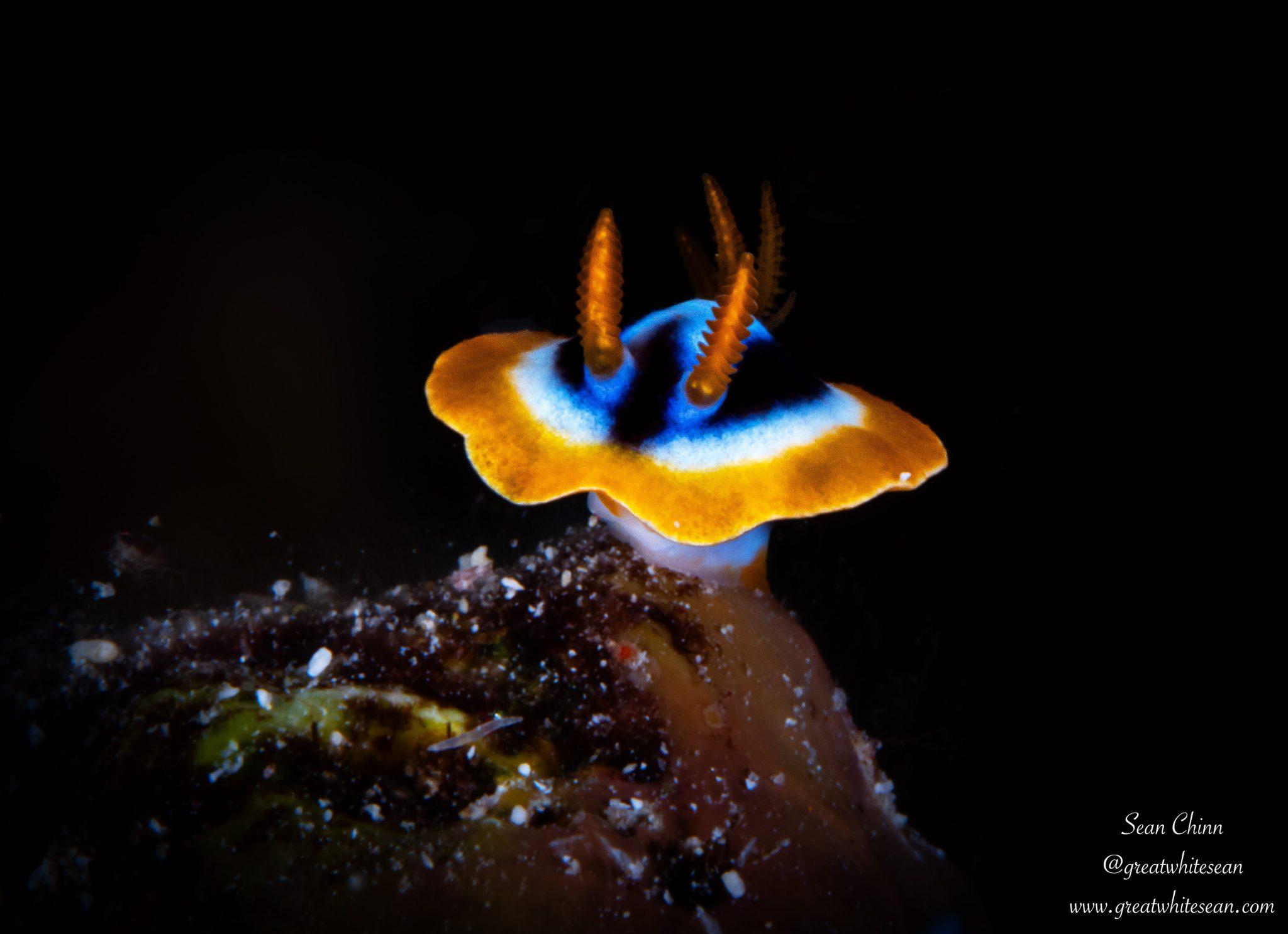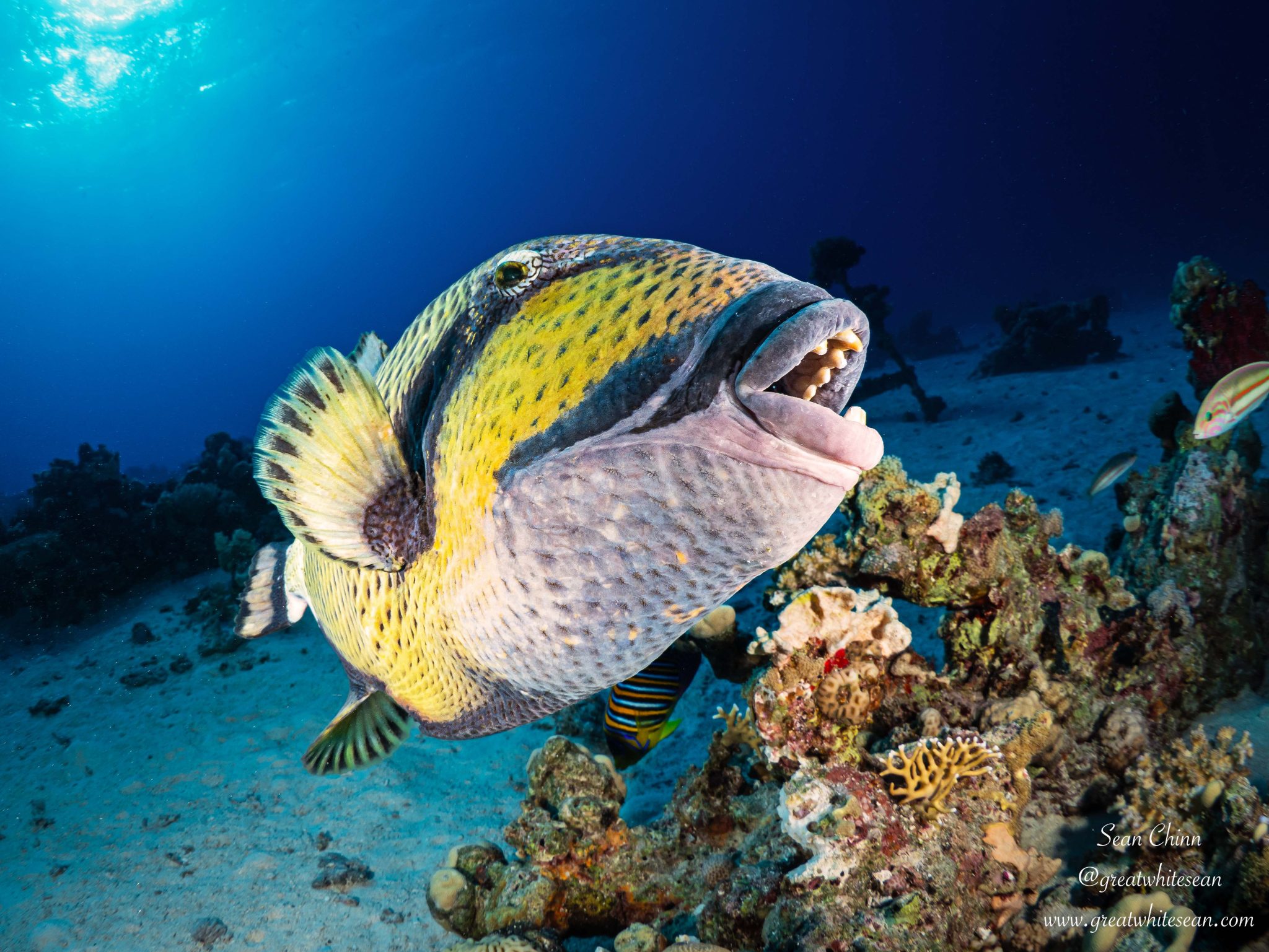Blogs
‘Simply the Best’ – Quintessential Red Sea Diving
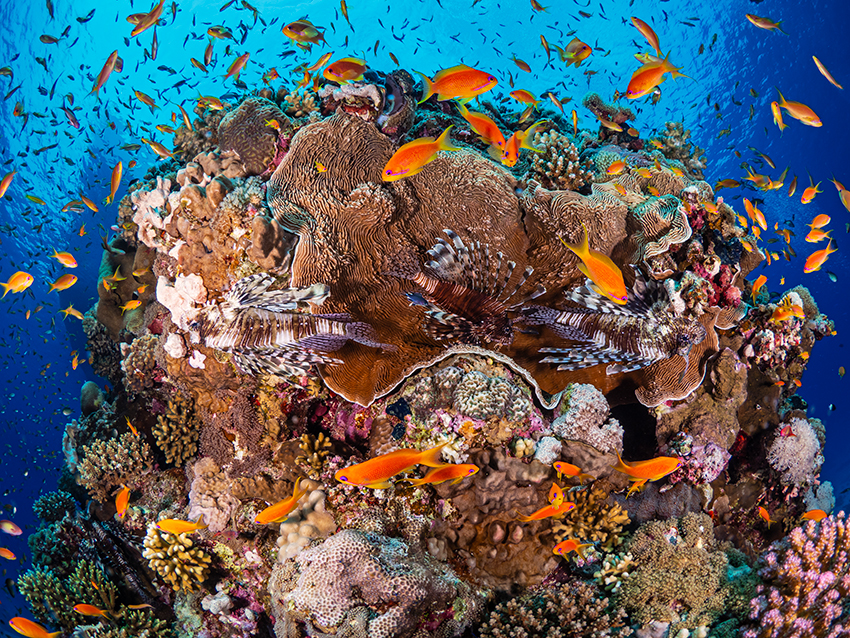
A ‘Simply the Best’ itinerary with Scuba Travel is the perfect blend of relaxing diving, coupled with a more adrenalin fuelled adventure. By now, I should hope you have read my previous blog, Simply the Best – a shark lover’s dream!!! Detailing the amazing adventure we had at the offshore reefs as part of the itinerary. If you haven’t read it, then you can find it here. Like any good book, there’s always a beginning, middle and end, and that is how this trip went. The offshore adventure in the middle was straddled either side by some super relaxing but super enjoyable quintessential Red Sea reef diving closer to shore, a perfect support cast for Brothers, Daedalus and Elphinstone.
The trip started with a couple of check-dives at Gota Abu Ramada. A night dive was also on the itinerary, but the weather wasn’t playing ball, so we made the journey to Brothers earlier to get a good mooring spot. Ultimately, it was our decision based off the captains advise and when nature has its own plans, you have to go with the experts. It was a shame to miss a night dive, as I always love night dives, but the 2 dives at Gota Abu Ramada were a great introduction to the week and couldn’t have been any easier to break me back into diving after a 5-month hiatus. we cruised the sandy bottom, exploring all the coral out-crops full of life. I always make a beeline for the coral pinnacles and play a game of spot the lionfish resting amongst them during the day. They’re so full of life and the anthias surrounding them are mesmerising to watch.
Somewhat surprisingly, I only saw one blue spotted stingray during the 2 dives here. On the sandy bottom dives, I normally spot them a lot more frequently. However, on these particular dives, the giant morays were the stars of the show, with one peppered moray also joining the list. A number of them were seen during the 2 dives and one was seen snaking its way along the sand before putting the brakes on in front of me and hypnotising me with its movements. As we came to the end of the diving here, I saw the biggest moray eel I’ve ever seen, which is saying something, as I’ve seen a lot in my diving life. Its girth was incredible. The dives here finished up with a couple of swimming lionfish and a large scorpion fish on the sand. You can’t get anymore Red Sea than this start to the trip.
After the amazing few days on the offshore reefs, we made our way back towards land one dive early to avoid Elphintone’s crowds and get a dive in at Abu Dabab 2. I remember this dive and the shallow cave/cavern exploration from 2 years previously. Such a fun dive with a twist from the usual. We started the dive at the wreck of the ‘Heaven One’ at only 14/15 metres, and the dive doesn’t get any deeper than that really. Although there is not much left of the wreck, it does provide some nooks and crannies for critters to hide out. I soon saw my second blue spotted stingray of the trip (I do love them), before heading to the entrance of the cave system on the reef’s edge. While I didn’t spend as long exploring them this time, it was a great change from the usual, and with a couple of tight squeezes to contend with, I felt like a cave explorer for a short moment, and the shards of light piercing through the reef were awe-inspiring.
After the one dive at Abu Dabab, we moved onto Ras Torombi for more stunning reefs and sandy bottom heaven, starting with an afternoon dive before our one and only night dive of the trip. There was so much beautiful coral on this dive, with the stunning hard coral along the larger reef walls in the shallows and the intense colours of the soft coral on the pinnacles. This was another shallow dive, only around 15m maximum, with the friendliest porcupine puffer fish I’ve ever encountered; it was also huge – one of the biggest I’ve seen.
I switched to macro for the night dive in the hope I’d find some cool little critters. Some of the group managed to find a couple of octopus that put on an amazing show for them. While I was sad to miss out on one of my favourite critter species, I did manage to find the smallest nudibranch I’ve ever seen in the Red Sea – it was only the size of my little fingernail. That was it for the really small though and it was more a night dive for lionfish, blue spotted stingrays and moray eels. I was very happy to get a night dive in, I always love them.
Unfortunately the weather didn’t get better like we hoped. In fact, it got worse for our last night’s crossing to return to Hurghada. It meant it took a lot longer than usual and we missed out on catching up on that dive we missed at the start of the week. That’s nature for you though, and you have to respect it and stay safe. So our last day finished with 2 dives; visiting Abu Ramada Island and Small Giftun. Abu Ramada was my favourite inshore dive of the trip. A super relaxed bimble along the sandy bottom, with an array of life to marvel at and photograph. A large scorpionfish started the adventure, but it was a rather large titan triggerfish that stole the show. I’m starting to repeat myself here, but it was another first for me – for a triggerfish to be so calm and allow many a photo to be taken. It was so transfixed on grinding away at the coral that it was unmoved at our presence – even coming right up to my lens at times – and it was my choice to leave him, rather than him leave me after I got the shots. More coral pinnacles spotting the lionfish and a relaxed blue spotted stingray finished up an excitingly peaceful dive.
Small Giftun gave us one last chance at hitting some depth and changing it up from the sandy bottoms of inshore diving, even if it was only for the first 10 minutes of the dive. Dropping down the wall to around 30m, we marvelled at the pristine gorgonian fan corals that thrive in the area; single fan corals dwarfing you as you get close, with anthias framing them as they dart around the different fans. A pleasure to see such healthy coral, before venturing around the corner of the island and hitting the sandy bottom and coral out-crops for one last time of the trip. Scorpionfish, blue spotted stingrays, a crocodile fish and moray eels gave us a great send off. With a number of small schools of Red Sea banner fish hugging the wall as we shallowed up, a swimming scorpionfish startling me as I watched the banner fish providing the last hurrah of the trip. All too soon it was the final safety stop and back onboard to clean our kit and dry it out.
What a fantastic week I had exploring the Red Sea from Hurghada onboard M/Y Tranquility on Scuba Travel’s ‘Simply the Best’ itinerary – the perfect mix of adventurous diving with some bigger marine life and the relaxing shallow sandy bottom reefs. I really got my shark fix for the year with the abundance of oceanic whitetip sharks that greeted us on a number of dives. They really are one of my favourites, and the Red Sea continues to be a beautiful destination to get underwater. I’ll be back!!!
For more information about diving in the Red Sea:
+44 (0)1483 411590
News
Filming 360 in The Bahamas

In December 2024, the Shark Trust had a very special opportunity to film sharks and rays in The Bahamas. Frogfish Photography are the Bahamas Dive Ambassadors for the UK. And Caroline, Deputy Editor at Scubaverse, is the Marketing Manager at the Shark Trust. So, when the need arose to film footage of several species of shark and ray for a new Shark Trust project, The Bahamas seemed the perfect fit. A huge thank you is needed here to the Bahamas Ministry of Tourism. As they stepped in to fully support the trip both financially and practically. Ensuring that the filming expedition ran smoothly, and that we got as much time as possible in the water with sharks and rays, during the 10 day, 3 island trip.

The Bahamas is famous for its sharks and rays. Divers flock there to experience getting up close to a range of species. Our itinerary saw us visit Nassau, Bimini and Grand Bahama. It packed in as many in-water experiences as possible and had us dive, snorkel, and even take a submarine to experience them in a variety of different habitats and to capture them on film. We saw 148 sharks and rays from 8 different species (all of which have been logged on the Shark Trust Shark Log!).

But why were we there? The expedition was designed to fulfil the needs of two new projects being launched by the Shark Trust in 2025. The filming done underwater on this trip was the start of creating OneOcean360: A Shark Story. A new 360 immersive experience designed primarily for immersive domes and planetariums. The film will be the nearest experience to getting in the water with sharks and rays without getting wet! It will bring the world of sharks to an audience that may never get the chance to experience it first-hand. A Shark Story aims to deepen people’s understanding of sharks, uncovering and illustrating why they are so wonderful as well as being vital to marine ecosystems.
The film is being made in collaboration with Real Immersive. Also based in Plymouth, they have an immersive dome and are providing the technical expertise behind creating this unique experience. Reviewing the footage in the dome has been an invaluable part of the process. Both inspiring the team and allow us to refine the filming techniques to suit this immersive theatre.

You might imagine that we are using expensive cameras and even more expensive housings. But this is not the case. The entire project is being filmed using Insta360 X4 cameras. With only a few simple additions to the standard dive setup. The INON weight plate allowed us to attach this camera to a dive weight, set it down on sand or wreck, and then swim away and let the sharks be the stars. And the results are very exciting. The film will be ready this autumn. It will be accompanied by an educational pack for teachers to take away after school trips to see the film. Encouraging all those that see it to continue learning about these incredible animals.
You can support the creation of OneOcean360: A Shark Story by heading to the crowdfunder page and donating or selecting a reward.
https://www.crowdfunder.co.uk/p/a-shark-story
Read about the shark and ray dives we did on Nassau, Bimini and Grand Bahama in our next blog post coming soon on Scubaverse.
Blogs
PADI Global Membership Contributes to Study That Indicates Revival of MPAs Would Bolster Billions for the Industry

Scientists, including those from National Geographic Pristine Seas, find scuba divers are willing to pay more to seek adventure in Marine Protected Areas, estimating an additional USD 2.7 billion spent per annum.
11 February 2025 – PADI®, the world’s largest scuba diving organisation, has been working with National Geographic Pristine Seas for the last three years to help identify the positive effects of protecting scuba diving sites around the world – which was recently published in new peer-reviewed research.

PADI’s global membership of 6,600 PADI Dive Centres and Resorts in over 180 countries helped National Geographic Pristine Seas assemble a database that estimated the number of scuba dives annually, the extent to which protection would increase biomass and biodiversity in an area, and a scuba diver’s willingness to pay access fees to dive in Marine Protected Areas (MPAs).

As a result, the study found that more fully protected dive sites would generate an estimated USD 2.7 billion in additional income globally for the scuba diving industry, most of which would come from access fees paid by divers directly to local communities. This additional protection would also help regenerate marine ecosystems and a new long-term income source for these coastal economies.

“Bottom line, ocean protection benefits marine life, coastal communities and businesses,” remarked Enric Sala, founder of National Geographic Pristine Seas. “Protecting diving sites from fishing and other damaging activities can generate new streams of income and benefit more people. It’s increasingly clear that efforts to protect 30% of the ocean by 2030 are even more beneficial than we thought.”

These research findings directly align with the goals of PADI’s Blueprint For Ocean Action– in which safeguarding recreational dive hotspots around the globe would deliver a host of benefits to tourists, local communities, and marine life. In 2022 PADI Iaunched an ambitious new initiative to establish the world’s largest network of conservation sites aimed at protecting ocean habitats and species threatened with extinction. Supported by Blancpain, founding partner of PADI’s MPA Program, the Adopt The Blue™ program activates a global network of dive sites across the planet to establish more Marine Protected Areas to regenerate local economies and coastlines.

“By PADI joining forces with like-minded global partners such as National Geographic Pristine Seas, we will exponentially increase our positive impact for saving the ocean,” said Dr. Drew Richardson, President & CEO of PADI. “With more marine protected areas, we can reinvigorate the diver experience and regenerate hope for the ocean; and with that comes more people who are inspired to explore the ocean and become Torchbearers to further advocate for safeguarding its future.”

Since 2008, National Geographic Pristine Seas has helped establish 29 of the largest MPAs in the world, covering a total area of 6.9 million square kilometers – more than twice the size of India. Their latest peer-reviewed research joins their resume of over 300 that have already been published.

“If you protect a marine area, more recreational divers will show up and they’ll pay more for the privilege of seeing sensational underwater life,” said Reniel Cabral, a Senior Lecturer at James Cook University and the study’s lead author. “Communities and businesses are leaving money on the table by overlooking the benefits of marine sanctuaries.”

Other key findings from the most recent study include:
- Some 33 million dives take place in the ocean each year, but only 15% of dive sites are fully protected from fishing and other destructive activities
- More MPAs estimated to increase the number of dives annually by 32% (10 million + more per year)
- Egypt, Thailand, and the US host the most scuba diving annually (est. USD 3 million annually)
- Indonesia, Egypt, and Australia host the most dives within MPA borders annually
- The Philippines, the US, and Indonesia would benefit the most economically from designating sanctuaries in popular diving spots.
- The Global South — host to some 62% of recreational dives — is poised to gain the most.

“The potential for the recreational diver industry to create positive ocean change is unparalleled,” continues Richardson. “As the only global community to have the superhero skills to descend beneath the surface and both connect with and help the marine world directly, there is a massive opportunity to change the way we all seek adventure. As the world’s largest scuba diving organisation, we can play a key part in reaching the global target of 30% protection by 2030 and enrich both ours and the ocean’s livelihood simultaneously.”

To help PADI advocate for the establishment of more MPAs, visit padi.com/aware/AdoptTheBlue
National Geographic Pristine Seas
Pristine Seas works with Indigenous and local communities, governments, and other partners to help protect vital places in the ocean using a unique combination of research, community engagement, policy work, and filmmaking. Since 2008, our program has conducted more than 45 expeditions around the world and helped establish 29 marine reserves, spanning more than 6.9 million square kilometers of ocean. Pristine Seas is part of the global non-profit, the National Geographic Society. Our mission is driven by science and filmmaking — we are fully independent from National Geographic publishing and its media arm.
About PADI
PADI® (Professional Association of Diving Instructors®) is the largest purpose-driven diving organisation with a global network of 6,600 dive centres and resorts, 128,000 professional members, and more than 30 million certified divers to date. Committed to our blue planet, PADI makes the wonder of the underwater world accessible to all, empowering people around the world to experience, explore and take meaningful action, as Ocean TorchbearersTM, to protect the world beneath the surface. For over 50 years, PADI is undeniably The Way the World Learns to Dive®, setting the standard for the highest quality dive training, underwater safety and conservation initiatives while evolving the sport of diving into a passionate lifestyle. For divers by divers, PADI is obsessed with transforming lives and, with its global foundation, PADI AWARETM, creating positive ocean change. Seek Adventure. Save the Ocean.SM www.padi.com
-

 Gear Reviews1 month ago
Gear Reviews1 month agoGear Review: SurfEars 4
-

 News3 months ago
News3 months agoSanta Divers take the Plunge for Charity
-

 Blogs3 months ago
Blogs3 months agoScubaverse Christmas Gift Guide 2024: Day 5
-

 Marine Life & Conservation2 months ago
Marine Life & Conservation2 months agoPaul Watson Released as Denmark Blocks Japan’s Extradition Bid
-

 Blogs2 months ago
Blogs2 months agoJeff Goodman Launches Underwater Moviemaker Course with NovoScuba
-

 News2 months ago
News2 months agoDive into Adventure: Limited Space Available for January Socorro Liveaboard Trip with Oyster Diving
-

 Blogs2 months ago
Blogs2 months agoExperience Malta and Gozo in 2025: A Paradise for Divers and Culture Lovers
-

 Blogs3 months ago
Blogs3 months agoThe Benefits of Underwater Photography Workshops


